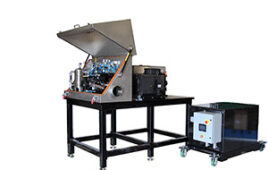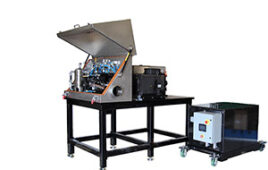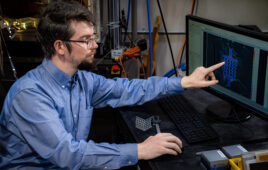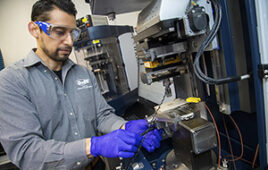 U.S. Transportation Secretary Anthony Foxx announced today that President Barack Obama’s fiscal year 2017 budget proposal would invest close to $4 billion to accelerate the development and adoption of safe vehicle automation.
U.S. Transportation Secretary Anthony Foxx announced today that President Barack Obama’s fiscal year 2017 budget proposal would invest close to $4 billion to accelerate the development and adoption of safe vehicle automation.
According to the Dept. of Transportation (DOT), the proposal would provide the funds over a 10-year period for pilot programs.
“Today’s actions and those we will pursue in the coming months will provide the foundation and the path forward for manufacturers, state officials, and consumers to use new technologies and achieve their full safety potential,” said Foxx in a statement.
Additionally, Foxx said the DOT would remove any potential hindrances to any automotive technology that can substantially increase safety, mobility, and sustainability.
The National Highway Traffic Safety Administration (NHTSA) “is using all of its available tools to accelerate the deployment of technologies that can eliminate 94% of fatal crashes involving human error,” NHTSA Administrator mark Rosekind said in the same statement. “We will work with state partners toward creating a consistent national policy on these innovations, provide options now and into the future for manufacturers seeking to deploy autonomous vehicles, and keep our safety mission paramount at every stage.”
The DOT further announced that it would implement actions to accelerate vehicle safety innovations.
Within six months, NHTSA will work with industry professionals to develop guidance on safe deployment and operation of autonomous vehicles. Additionally, within the same timeframe, the administration will work with state partners and the American Association of Motor Vehicle Administrators, among other stakeholders, to develop a model state policy on autonomous vehicles, with the potential to help create a consistent national policy.
Further, manufacturers will be able to submit requests for the agency’s exemption authority, which allows the deployment of up to 2,500 autonomous vehicles for up to two years. That’s only if the NHTSA determines the exemption would ease the development of new safety features.




